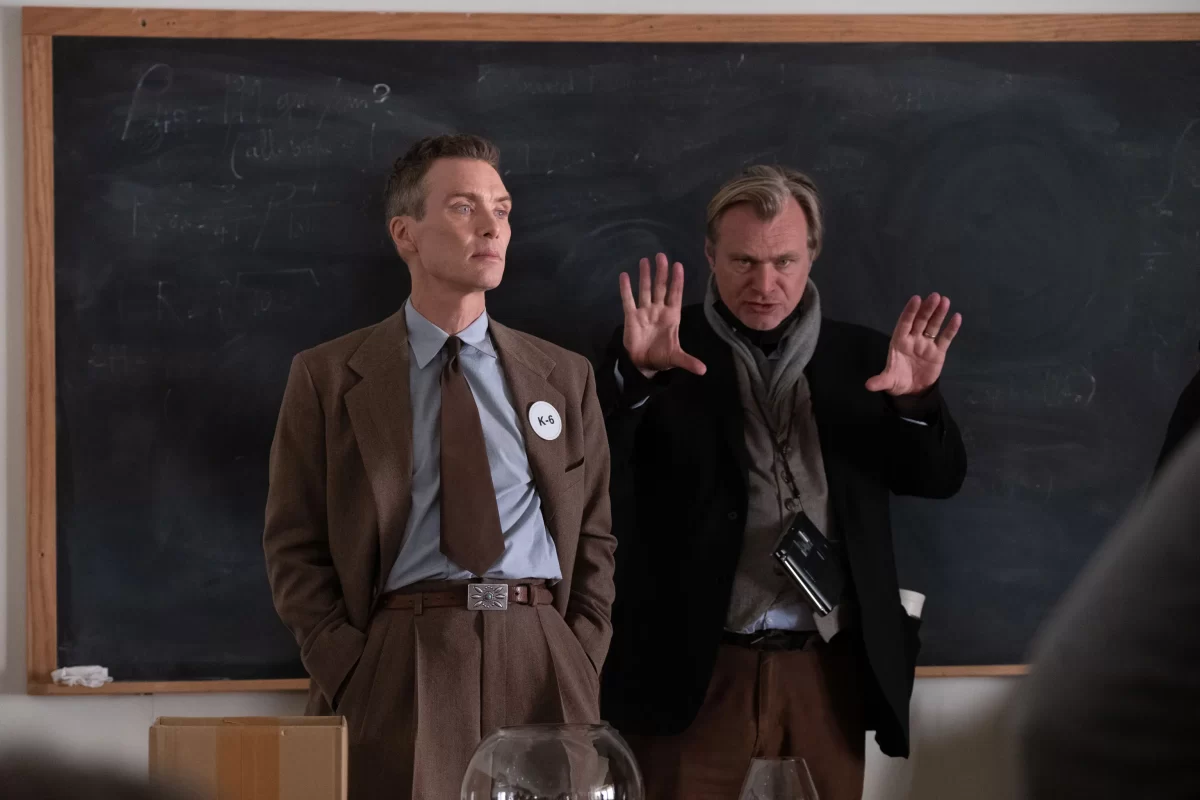The first film I saw in 70mm film was Jordan Peele’s “Nope.” The Academy Museum of Motion Pictures showed a screening of it on a random Thursday at 7 p.m., and although I was very tired, I hauled myself over there after work. How could I miss the opportunity to see one of my favorite movies of 2022 in 70mm film? To say I was impressed would be an understatement. I was blown away by the quality and how gorgeous the film looked compared to the two times I saw it prior in standard format.
As everyone left the theater I overheard a girl talking to her friend behind me saying, “The movie was good but … did you notice a difference? I didn’t.” I couldn’t help but be appalled that she didn’t see the stark contrast. Did she not notice the enhanced quality? How pretty the clear blue sky and the clouds looked? How pronounced the colors were? Despite how she felt, I knew the next chance I had to see a movie in 70mm, I would be there. Luckily, about a year later that opportunity arose when Christopher Nolan’s newest feature, “Oppenheimer,” hit cinemas.
Oppenheimer has been a box office and critical success since it was released this summer. It was my most anticipated film of 2023, and I, along with many others, raced to the cinemas to watch it — along with “Barbie,” of course. Part of the appeal around this film was due to Nolan’s well-known aversion to CGI and his love of practical effects, leading to many prospective viewers wanting to see how he recreated a nuclear explosion. Nolan is also known for his usage of filming on IMAX, which offers the highest quality image. The other part of that hype was seeing that explosion in IMAX. This time around, he filmed it on IMAX 70mm, which is also how Nolan intended the film to be watched. Although I wasn’t able to catch it in IMAX, I still wanted to see it in 70mm, especially after seeing how massive the “Oppenheimer” film reel was (600 pounds and 11 miles long).
You might be wondering, what is the difference between seeing a film on 70mm and seeing it in a standard format? According to the Oppenheimer website, 70mm “offers a brighter, clearer image, with three times the resolution of standard projection formats, using the process of projecting light through celluloid to deliver clear images in rich analog color with state-of-the-art digital sound.” Similar to how I described “Nope,” the image and colors were crisp and looked beautiful in “Oppenheimer.” Since it was my second time seeing it, I was able to focus on the differences and there were many. Some were as simple as the rain pouring down in the opening shot or the scenes where Oppenheimer is imagining reactions, and we see the vibrant reds, blues, and whites spark out into the void. The stars that Oppy is obsessed with are brighter, and the New Mexico mountains have details I didn’t notice during my first viewing. The richer color palette accompanied by the beauty of analog film creates a unique cinematic experience.
These differences might seem minor to the average movie-goer and may not provide a good enough reason to see it in 70mm. But that’s okay! There’s still a lot of beauty in a standard format experience; however, there is a notable difference in 70mm that you might appreciate otherwise. If you have the opportunity to see “Oppenheimer” in 70mm, then you should.
Image courtesy of Vulture








